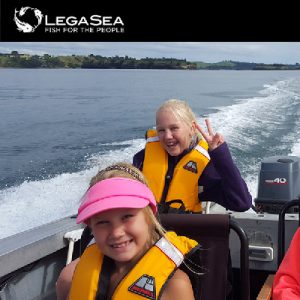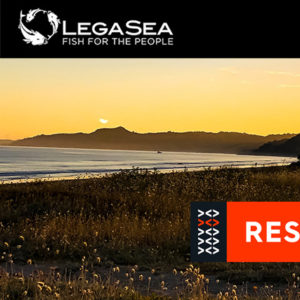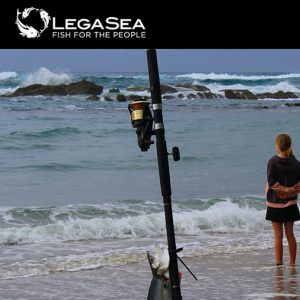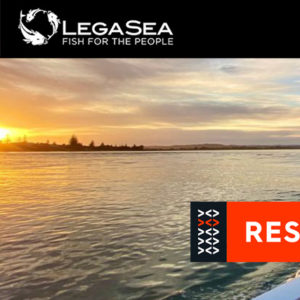LegaSea is developing a new programme called FishCare – The school of best practice. FishCare is an educational guide for recreational fishers offering simple tips on how to minimise the impacts of fishing on the marine environment.
FishCare was publicly launched at the Hutchwilco New Zealand Boat Show from May 18th to 21st, 2017. The advice and updates provided through the FishCare programme are based on best available information.
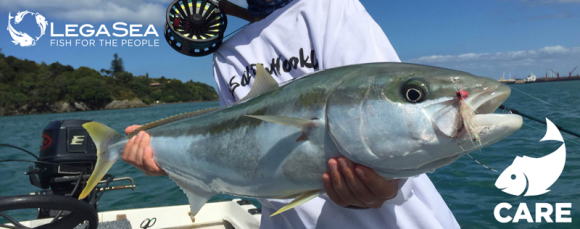
As part of the ongoing development of FishCare material LegaSea wanted to establish a baseline of current fishing methods, handling, and utilisation by recreational fishers in New Zealand. Face-to-face and online surveys were conducted. All surveys concluded on May 18th, 2017.
Over 1800 surveys were completed, mostly by experienced fishers on the LegaSea supporter database. Results from all surveys have been collated and are summarised below.
Key findings from survey:
Of the respondents –
- Over 55% say they use circle hooks when fishing with bait ‘Often’ or ‘Always’.
- Around 29% ‘Often’ or ‘Always’ change to using lures or softbaits if catching juvenile or undersized fish.
- Almost 80% say they ‘Never’ or ‘Rarely’ use barbless hooks when fishing.
- More than 85% say it is ‘Highly Likely’ they would change their fishing techniques if it meant more juvenile or undersized fish would survive.
- Over 73% ‘Often’ or ‘Always’ move to another area if they are only catching juvenile or undersized fish.
- About 80% say they ‘Sometimes’ or ‘Often’ adjust their fishing technique to avoid accidental damage or capture of seabirds.
- Just over 14% say they ‘Never’ use or give away the meat on the frames and wings of fish taken.
- Almost 88% advise they ‘Often’ check their fishing and safety gear before going fishing.

Three quarters of people said they ‘Often’ or ‘Always’ move to another area if they are only catching juvenile or undersized fish, while about half say they use larger hooks. (Figure 1). LegaSea advises the best way to reduce mortality of juvenile or undersized fish is not to catch them in the first place. Other effective ways of reducing mortality is to change fishing methods, to lures or softbaits, or to target other species.
There was overwhelming support, over 96%, from respondents advising they would ‘Possibly’ or ‘Highly Likely’ be willing to teach other fishermen about practices designed to minimise human impacts on the marine ecosystem. This is encouraging.
The largest response, at almost 40%, was from residents of the Auckland region, followed in order by, Bay of Plenty, Waikato and Northland. There was a smaller pulse from Hawke’s Bay, Wellington and Canterbury. The face-to-face interviews were conducted in Auckland, Hawke’s Bay and Wellington regions.
What did we learn?
We learnt that it is important to spend more time on developing questions that are transferable between off-line and online environments. We also have a much better understanding of areas to target in terms of developing new material and back-up information. The opportunity now exists to develop material explaining techniques to use when handling fish for release. Educating people on how to use more of the fish they harvest is another area for improvement that would contribute to our overall conservation goals.
What next?
LegaSea will continue to develop new material while promoting FishCare to the public. A dedicated publicity campaign will begin in earnest around October 2017.
More info
W: http://fishcare.co.nz/
E: [email protected]
P: 0800 LEGASEA (534 273)


